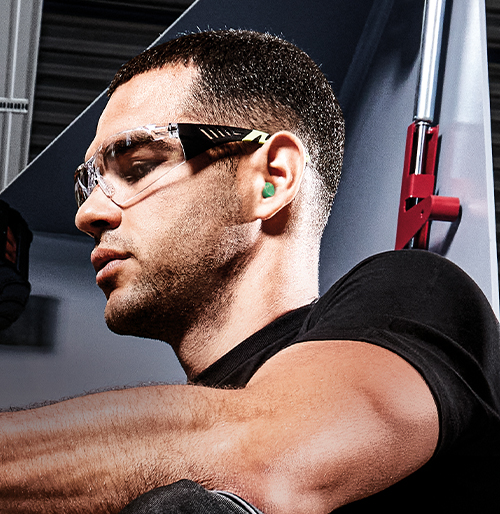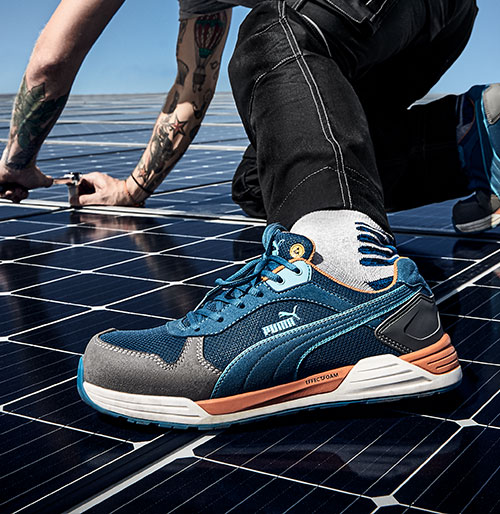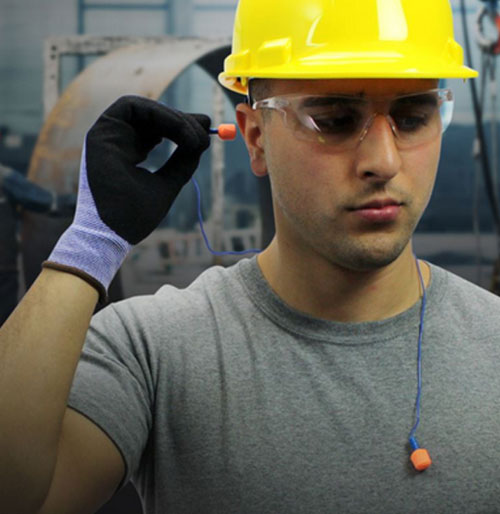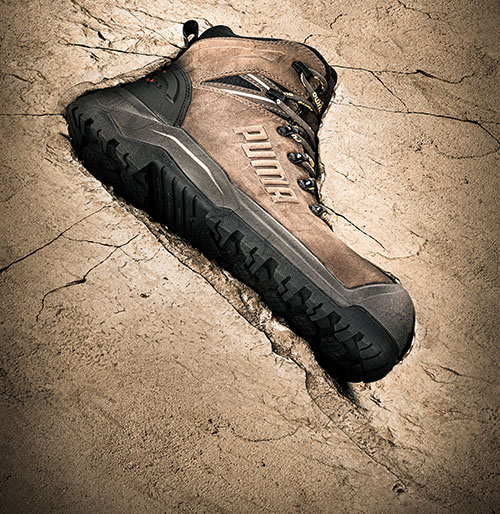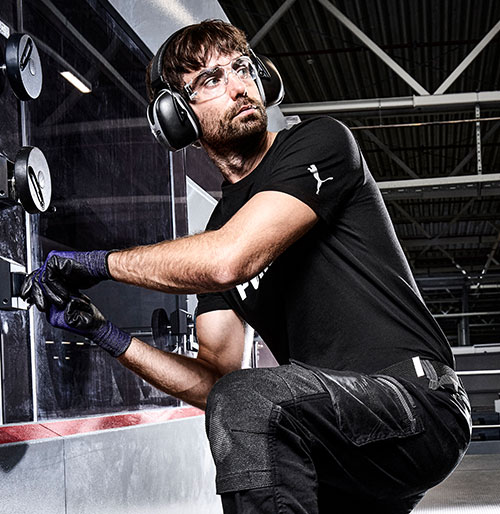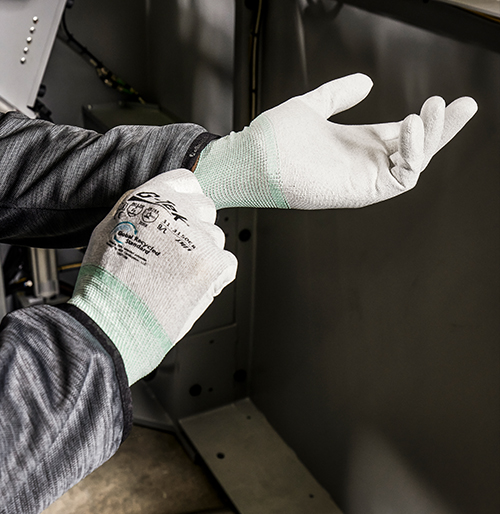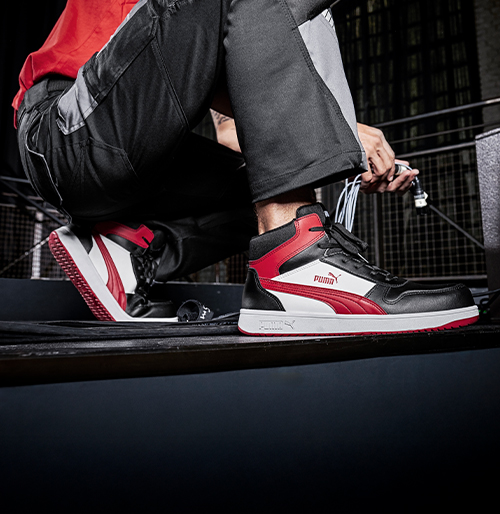
-
 High Performance GlovesG-Tek® PolyKor®16-MPT630
High Performance GlovesG-Tek® PolyKor®16-MPT630
-
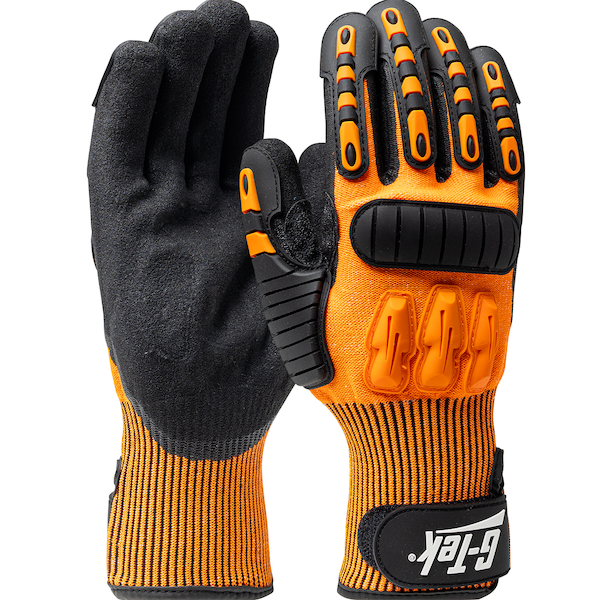 High Performance GlovesG-Tek®120-5150
High Performance GlovesG-Tek®120-5150
-
 Cut Resistant GlovesG-Tek® Paradox™16-541
Cut Resistant GlovesG-Tek® Paradox™16-541
-
 Cut Resistant GlovesG-Tek® PolyKor®16-560
Cut Resistant GlovesG-Tek® PolyKor®16-560
-
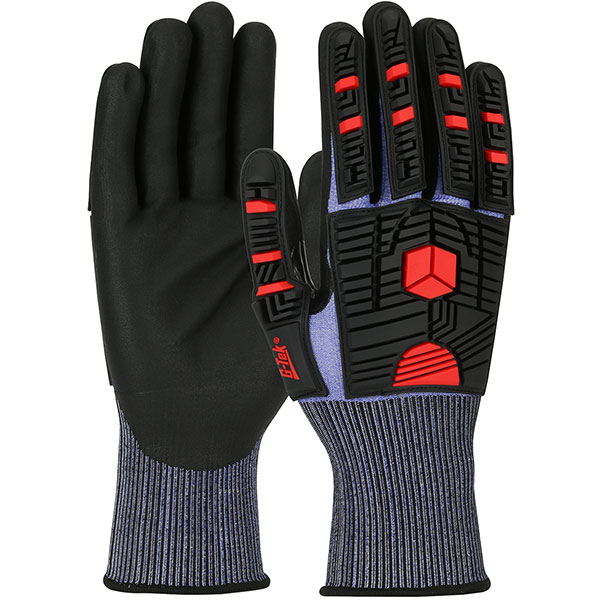 High Performance GlovesG-Tek® PolyKor® X7™16-MP585
High Performance GlovesG-Tek® PolyKor® X7™16-MP585
-
 Cut Resistant GlovesG-Tek® Paradox™16-351
Cut Resistant GlovesG-Tek® Paradox™16-351
-
 Cut Resistant GlovesG-Tek® PolyKor®16-854
Cut Resistant GlovesG-Tek® PolyKor®16-854
-
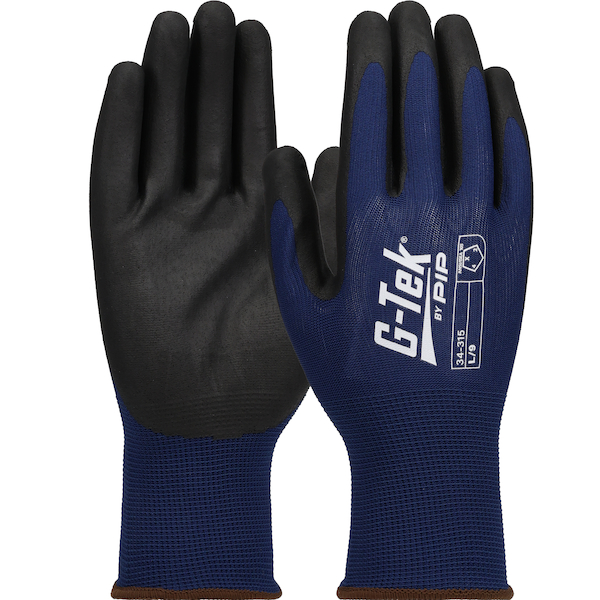 General Purpose Gloves - CoatedG-Tek®34-315
General Purpose Gloves - CoatedG-Tek®34-315
-
 Safety GlassesZenon Z12™250-01-0900
Safety GlassesZenon Z12™250-01-0900
-
 Cut Resistant GlovesG-Tek® PolyKor® X7™16-939
Cut Resistant GlovesG-Tek® PolyKor® X7™16-939
-
 Cut Resistant GlovesG-Tek® PolyKor®16-350
Cut Resistant GlovesG-Tek® PolyKor®16-350
-
 Chemical Resistant GlovesAssurance®56-586CR
Chemical Resistant GlovesAssurance®56-586CR


















